For Artillery Observation
As modern warfare shows the intense use of small commercial drones for reconnaissance, artillery observation, and direct attacks, militaries across the globe are striving to catch up to this new environment.
Japan’s Ground Self-Defense Force (JGSDF) is no exception, albeit it has been usually regarded as sluggish in adopting the latest tactics and equipment.
This impression contains some truth, as the Self-Defense Force in general is quite slow in adapting to the changing situation due to its limited resources and heavily bureaucratic nature.
But, it is worth pointing out that JGSDF actually introduced their first unmanned aerial vehicles back in the early 2000s, starting with the Flying Forward Observation System (FFOS) and the later improved Flying Forward Reconnaissance System (FFRS).
- General Overview
| FFOS | FFRS | |
| Weight | 213kg | 275kg |
| Length | 5.3m (17.4ft) | |
| Width | 1.2m (3.93ft) | 1.3m (4.26ft) |
| Speed | 135km/h (84mph) | |
| Service Ceiling | 2,500m (8,200ft) | |
| Unit Price | 40 million USD | |
Both the FFOS and FFRS are radio-controlled unmanned helicopters developed by SUBARU (former Fuji Heavy Industries), and are still in service to this day.
While both types can be used for reconnaissance missions, the FFOS was originally developed for artillery observation. Unlike GPS-guided munitions, a typical artillery requires small adjustments to improve overall accuracy, thereby requiring assistance from an observation team .
However, artillery observation carries a high risk of getting too close to enemy positions or even being susceptible to friendly fire, making the use of unmanned vehicles much more preferable.
As such, JGSDF introduced the FFOS/FFRS to fly over the battlefield and guide the artillery units to their targets from above.
To ensure flexible operations, both systems are capable of conducting flights during night time and even adverse weather conditions. It is also designed to handle long-range artillery, such as the Multiple Launch Rocket System (MLRS), and has a consecutive flight time of 3 hours as well as a range of over 50km/31 miles.
So, what is the difference between the FFOS and FFRS?
While both vehicles are installed with cameras, infrared imaging devices, and self-destruct mechanisms to prevent being captured by the enemy, the FFRS is equipped with GPS systems to provide better information.
The FFRS is also capable of conducting fully autonomous flights, including take-off and landing, and is reported to have an extended range of over 100 km/62 miles.
Essentially, the FFRS can provide more accurate data at longer ranges compared to the previous FFOS.
Now Rendered As Obsolete
JGSDF artillery units continue to use these unmanned helicopters, but the recent evolution of drones have completely overshadowed them in nearly every aspect.
Firstly, both the FFOS and FFRS requires a team of 30 people and six support vehicles to conduct any thorough operation, whereas a commercial drone can be flown by a single person.
This is due to the system being composed of a flight control vehicle, information processing unit, and other auxiliary devices, all of which is necessary, but takes considerable time to deploy and withdraw.
Such configuration not only makes the use of these unmanned vehicles quite laborious, but also vulnerable to enemy detection.
In an battlefield environment where speed is crucial to avoid enemy counterstrikes, one simply does not have the luxury of deploying a large team of vehicles just for observation duties.
If the Russo-Ukrainian War has taught us anything, it is that cheap, expendable drones are now essential for reconnaissance and artillery observation. It is estimated that both sides are using up to 20,000 drones per year for various purposes, highlighting the attritional nature of such equipment.
Given these circumstances, using an expensive unmanned helicopter that requires over 30 soldiers is simply an irrational act.
Of course, JGSDF certainly acknowledges this reality, and is taking measures to rectify the situation.
It has already introduced the ScanEagle 2, a drone capable of flying for over 20 hours, to conduct reconnaissance missions, while smaller and cheaper drones are gradually making their way to scouts, infantry, and artillery units.
While the FFOS and FFRS will remain in service for the next several years, they are bound to be replaced by the growing number of smaller drones.

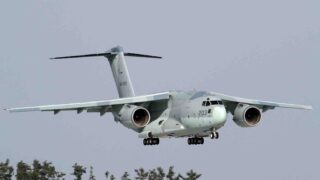
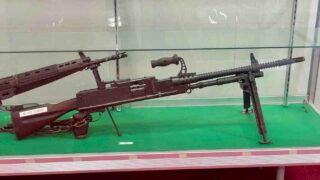
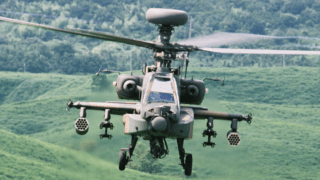
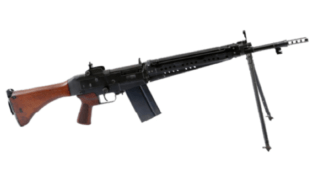
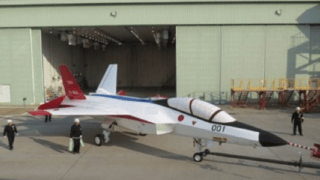
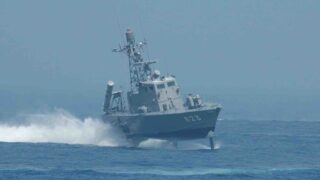
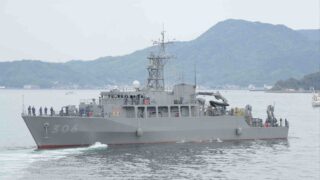
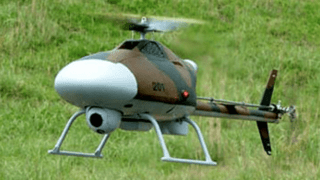

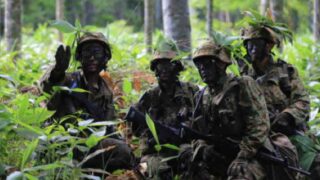
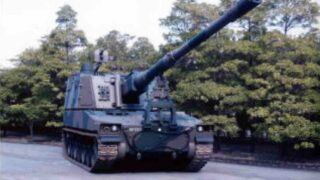
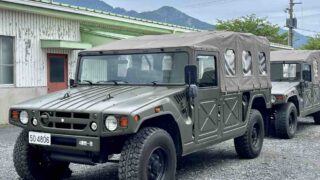
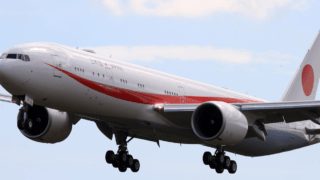
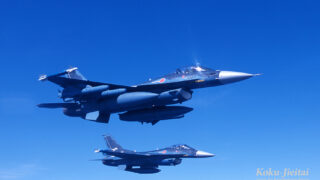
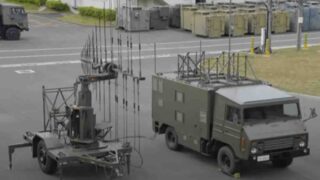
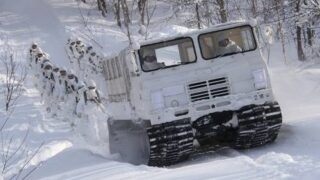

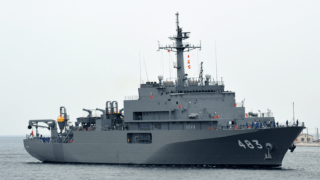
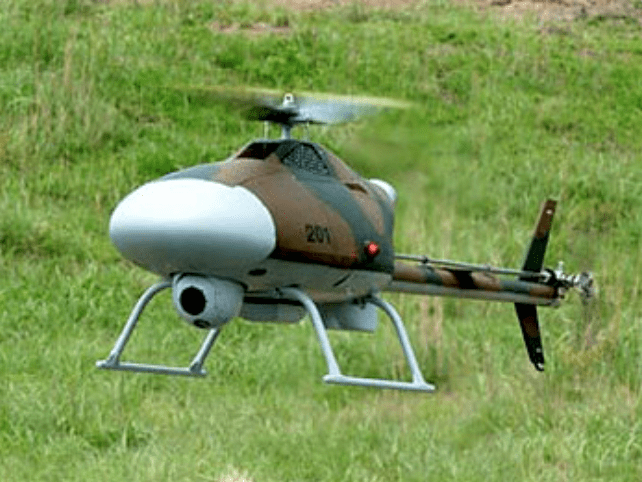
Comments